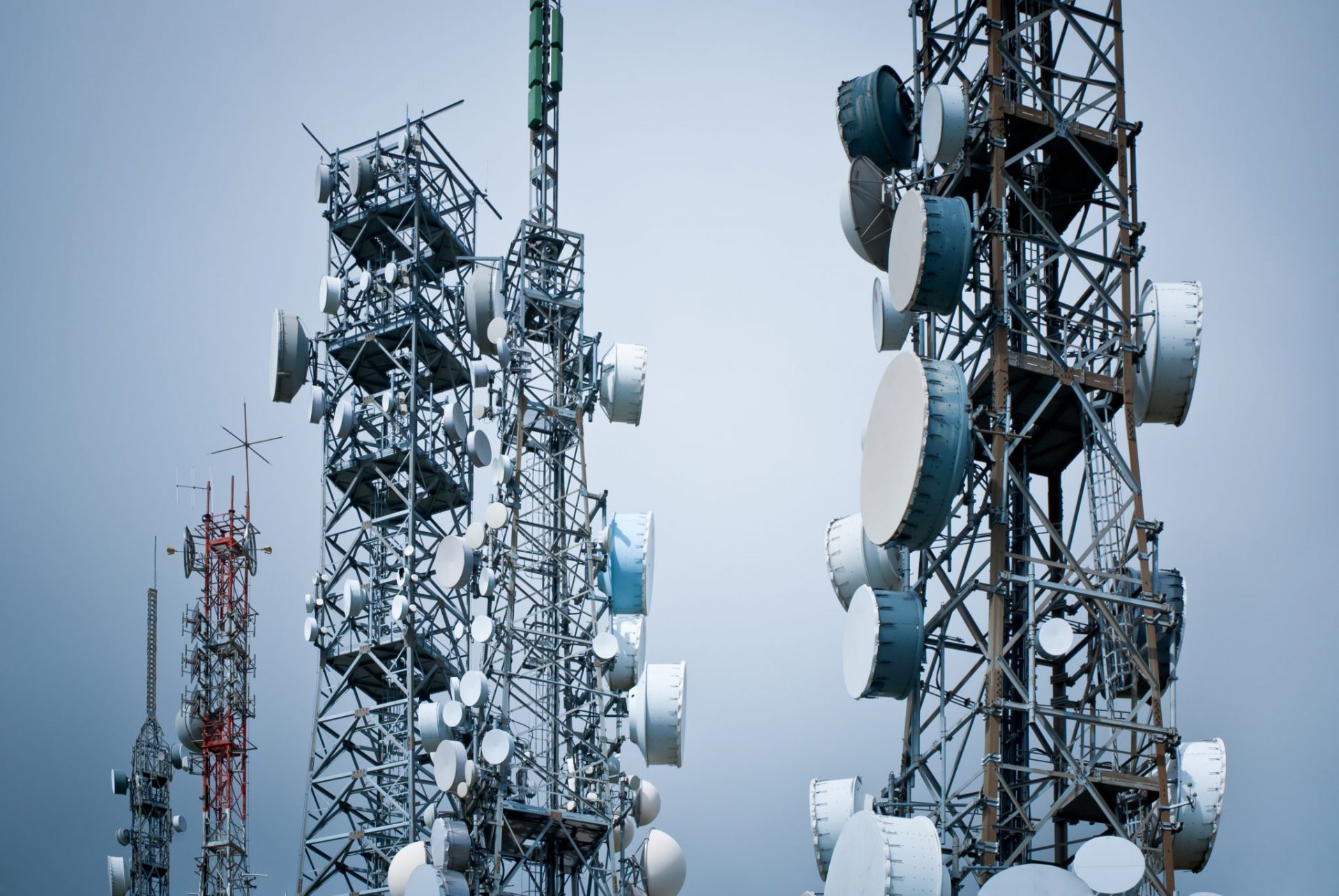If you've ever wandered through a town you might have noticed tiny cell towers for 5G on the poles of street lights. They look like small boxes however, they're actually transmitting wireless signals from mobile providers to your phone.
These smaller towers are replacing the larger built cell towers. Although they're not as visible however, they could create problems for those who live nearby.
The FCC's Radiation Exposure Thresholds
The FCC's Radiation Exposure Thresholds define the maximum amount of time one can expose to electromagnetic energy from wireless devices. The limits for exposure are based on research that show that RF energy can cause harm to health.
The rate of absorption called the specific absorption rate (SAR) is a measure of the amount of radiofrequency energy taken up by tissues. It is typically 1.6 milliwatts per kilogram calculated over one Gram of tissue.
Since safe distance to live from cell phone tower is able to transmit at higher frequencies, it has the potential to create more energy on the skin as well as other body parts. This can lead to various possible harms, such as an increase in development of skin diseases such as dermatitis, cataracts and skin cancer.
Because of the potentially negative effects of 5G radiation, PSU has chosen to create a general power density limit of 4 mW/cm2 averaged across 1 centimeter, and never to exceed 30 minutes, for all 5G services at 3000 GHz. This limit for localization is in line with the highest spatial-average SAR of 1.6 W/kg, averaged over one grams of tissues at six GHz.
The FCC's Maximum Exposure Thresholds
If you've ever operated a cell phone, you probably know that the safest location from the tower is at least 400 meters. This is due to the power of transmission from cell towers increases drastically the further away you are from it.
While this sounds like an ideal idea, the reality is that those living close to towers may actually be more vulnerable to health issues. For example, a study from 2014 in India found that residents who lived within 50m from cell towers suffered significantly more health complaints than those who were away from the antennas.
But, what is a safe distance from a 5g cell tower revealed that those who relocated to areas that were further from cell towers noticed their symptoms return to normal within a few days. Other studies have revealed that exposure to high frequencies of radiofrequency electromagnetic fields (EMFs) can lead to cancer, brain tumors as well as other health issues.
This is due to the fact that radiofrequency radiation, which is used in wireless communication, can be absorbed by the body's outer layer of skin. This is important to understand because the skin acts as a barrier to protect against injuries caused by mechanical forces, infections by pathogenic microorganisms, and entry of toxic substances. It is also the biggest organ of the human body and is accountable for protecting other organs.
The FCC's Minimum Exposure Thresholds
The FCC's Minimum Exposure Thresholds are based on a variety of assumptions that are not supported by evidence from science. They include the false belief that exposures of a short duration to RF radiation are safe due to the limited penetration into the body (i.e. thermal heating of tissue).
The assumption is also ignoring the deeper penetration of the ELF components of modulated RF signals, as well as the effect of short bursts of heat generated by RF waves that are pulsed. These assumptions do not correspond with current knowledge of the biological effects of RF radiation. As such they shouldn't be relied upon for health-protection exposure standards.
In addition, the ICNIRP and FCC are limiting their exposure limits to local peak SARs based on the peak spatial specific absorption rate (psSAR) that is an inadequate dosimetric tool for determining the level of exposure to RF radiation. In particular, psSAR is inaccurate for frequencies that exceed 6 GHz. Furthermore, psSAR has not been evaluated for safe distance from cell tower that is exposed to other environmental agents such like sunlight. In the event of interactions, RF radiation with other agents in the environment could result in antagonistic or synergistic impacts. This could result in an increased risk of adverse health adverse effects. For example, co-exposure to RF radiation and sunlight could cause an increase in the incidence of developing skin cancer, as well as aggravate other skin disorders, such as acne.

